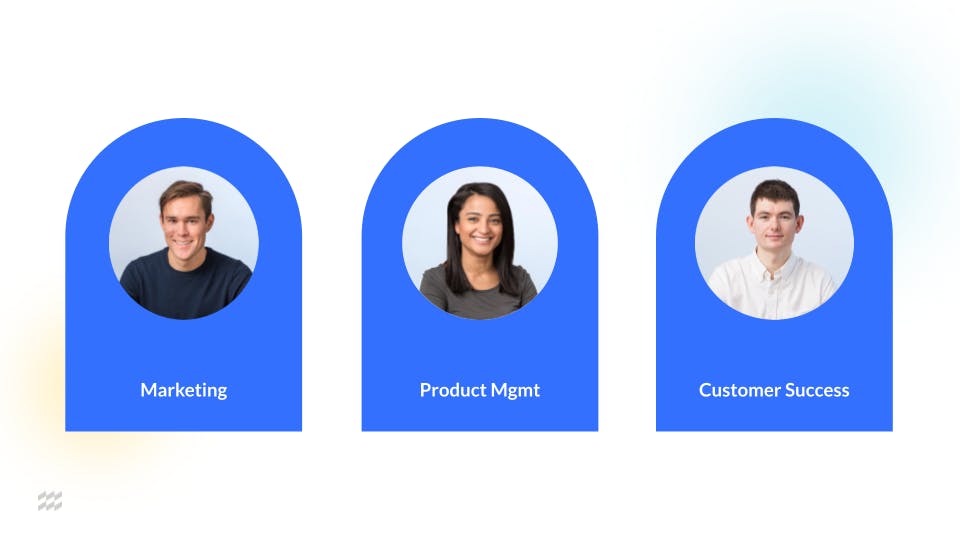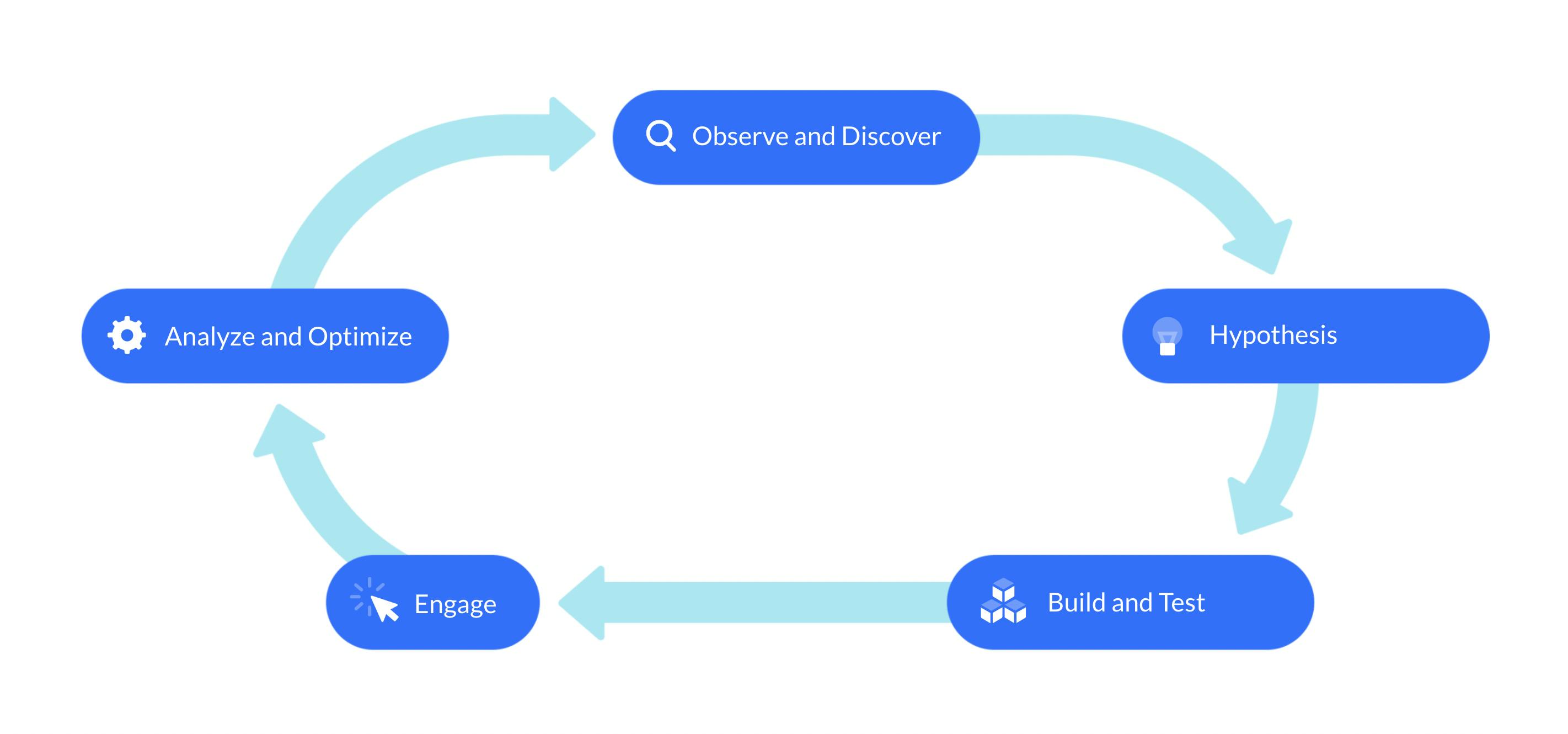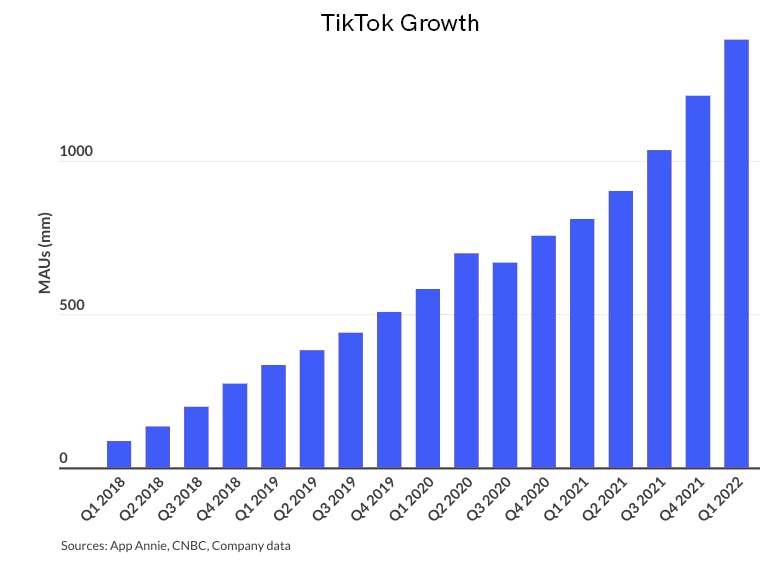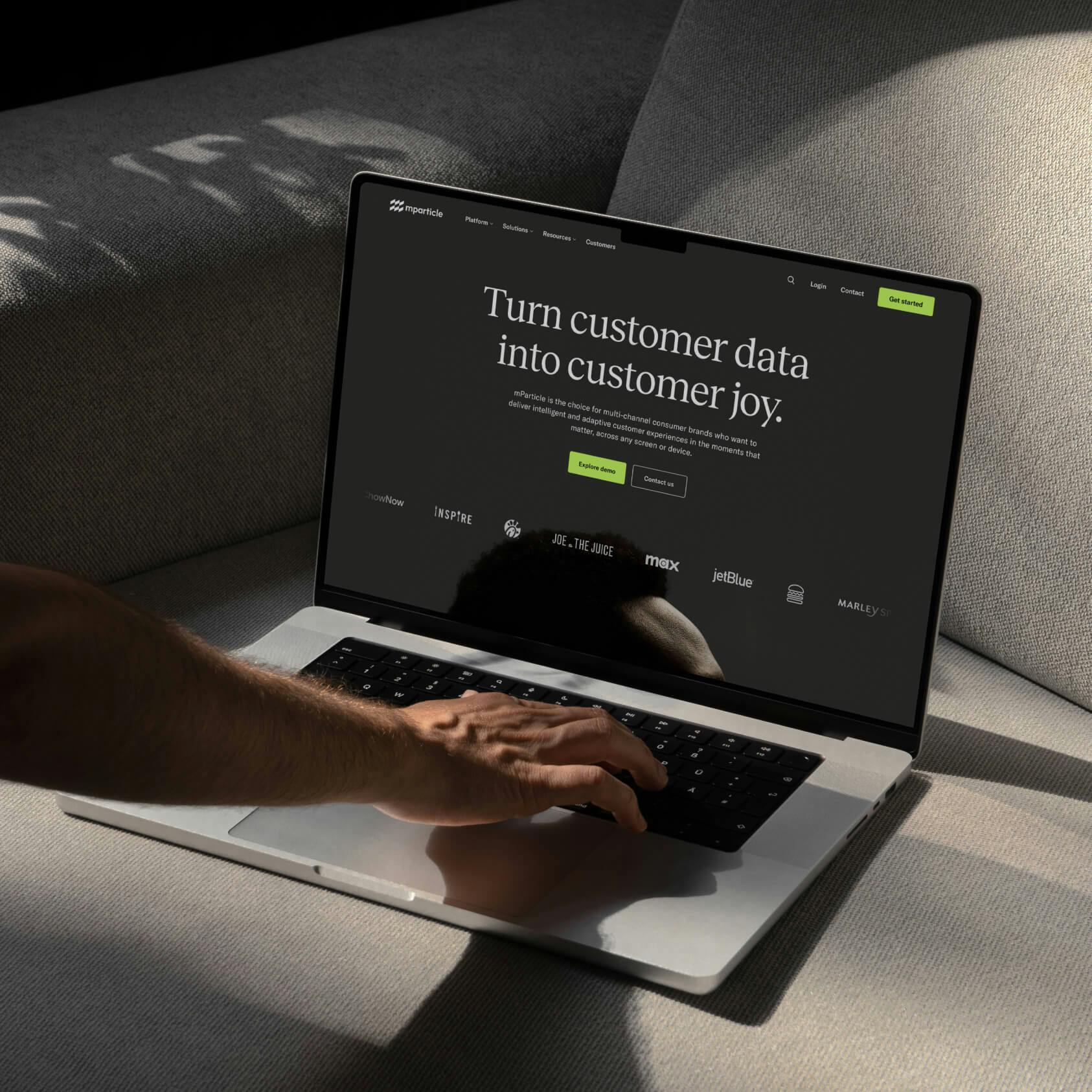What is customer journey management, and how can you get started?
The average customer now needs six touchpoints before they make a purchase. How do you manage that experience so that it feels personalized at scale? In this article we’ll dive deep into customer journey management: what it is, why it’s important, and how to get started.

In the mid-80s, Sam Malone owned a little bar named Cheers. As long as he kept brews frosty and remembered everyone’s name, there were always familiar faces on those stools. Sam didn’t have to deal with push notifications, email distribution lists, cart abandonment, or loyalty programs. Most importantly, he didn’t have to acknowledge that 90% of today’s customers expect a consistent and personalized experience across all of those channels (Source). So what’s the modern day solution? Simple! All you have to do is travel back to a fictional eighties and–no, sorry, it’s holistic customer journey management.

Customer journey management (or “CJM,” which I’m choosing to avoid today because I know you don’t need more acronyms in your life) is the process of researching, measuring, optimizing, and orchestrating the customer journey. This ongoing process often requires a cross-functional approach, with the end goal being to deliver consistent, relevant experiences across customer touchpoints.
When executed well, the results can be significant. Bharat Poddar, Managing Director & Senior Partner at Boston Consulting Group, hammers the importance home: “Companies that use customer journey programs to realign their organization around their customer can realize improvements of 20 to 40 points in customer advocacy scores, cost reductions of 15% to 25%, and revenue increases of 10% to 20%.”
Stages of customer journey management
Before we get more into best practices and common challenges, it’s important to understand the four basic pillars of customer journey management.
- Data unification - you’ll need to have all of the data from all of the channels and customer touchpoints unified in one system
- Customer segmentation - you’ll need to be able to segment your users into different buckets to engage with the right customers at the right stage of the journey
- Customer engagement - you’ll need a way to engage those segments of customers, ideally in real-time or something near it, in their preferred channels (e-mail, sms, push, social media, etc)
- Analysis - you’ll need to be able to understand how customers are engaging with each step of the journey.
Challenges with delivering unified customer journeys
When working with leading companies to develop mParticle’s Journeys solution, we discovered that the challenges companies most commonly face when managing customer journeys are organizational. Specifically, information silos between teams, processes, and data prevent brands from personalizing the customer journey across touchpoints.

This is because in many organizations, the marketing, product management, and customer service teams all manage separate slices of the customer experience. In the past, this was enough. But now that customer expectations have increased and consumers are interacting with brands on more channels than ever before, this separation of concerns can lead to a fragmented customer experience. For example, the experience a user has in a marketing email isn’t reflected in the product, which isn’t then delivered to the customer success team, creating a disjointed and impersonal experience for the customer. To go back to Cheers, it’s like going into your favorite bar one day and getting a warm welcome, and going to the same bar the next day and being told they don’t remember you.
Three tips for customer journey management
Now that we've established what customer journey management is and the major pitfalls to avoid, it's time to drill down into on the keys to success. These focus on shifting your organizational processes, focusing on the customer, and looking at the bigger picture.
Embrace a cross-functional test-learn-repeat cycle
To put your company on a path to consistently delivering personalized customer journeys across all touchpoints, the first step is to embrace a cycle of iterative improvements in terms of the workflows you carry out and the technologies you leverage to organize and activate your data.

The above diagram illustrates an example test-learn-repeat loop. Often, individual teams within a company will embrace some form of this planning. But that planning will take place in standalone tools or -gasp- a physical whiteboard, in isolation from other teams that are simultaneously designing their own distinct journeys. Although at first agile, this workflow lacks the data-driven context that organizations need to succeed at customer journey management long-term.
Specifically, most teams lack the ability to see at a glance how a customer’s experience on one touchpoint has trickle down effects on how they engage on other touchpoints. For example, a marketer can see the engagement rate on an email they sent and a product manager can see the impact a push notification had on an app user, but it’s really hard to see the impact that the email and the push notification had together on the same user. Organizations should strive for journey management that can follow the customer journey in its entirety.
Build the journey around the customer
In a recent survey, 65% of respondents said that they don’t have cross-channel data integrated into a unified view of the customer. Worse still, 29% not only didn’t have that single view, but were also lacking visibility of entire channels in the customer journey (source: Pointilist). When looking at both technology and organizational solutions, solving these issues should be at the top of your priority list.
First, remember that the customer journey is not linear and that there is not one perfect journey. Therefore, it’s critical to collect the right data, perform effective segmentation, and adopt the cross-channel engagement tools at your disposal.
Depending on the complexity of your business, many customers may even be on multiple journeys at the same time. For example, they might be interested in a new product while also trying to get a refund for a previous purchase, looking for help on financing, or attempting to buy accessories for a previously purchased product. It can feel convenient to simplify your customer journeys, but true personalization needs to support the reality of the customer experience without compromise.
Along the same lines, a lot of customers are on a similar journey: the simple one of just purchasing your product. Even with that common goal, the touchpoints within that journey can be infinitely large: one visit to the store, five visits on the mobile app, two email opens, and that’s just a few examples.
The journey never ends, so enjoy the ride.
Customer journey management is not a project that begins and ends. There will never be a point where you will be able to dust off your hands and say “Ooh, that customer journey is done. Don’t need to iterate on it or build any more of them.” If the sudden rise of TikTok proves anything, your customers’ interests will always be evolving, and the platforms and touchpoints on which they interact with your brand will always be shifting.

It’s therefore important to continually iterate on your customer journeys to adapt to these perpetual market shifts.
Proper customer journey management can be challenging, but it can be a fun challenge, with amazing outcomes. When polled, 93% of high-performing customer experience companies said that a journey-based strategy was “very or extremely important” to their success (source: Pointilist). Sam Malone may not have needed it, but customer expectations have changed a lot since the 80s. In today’s world, customer journey management is a great way to make sure your organization is matching or exceeding those expectations.
Cheers!




